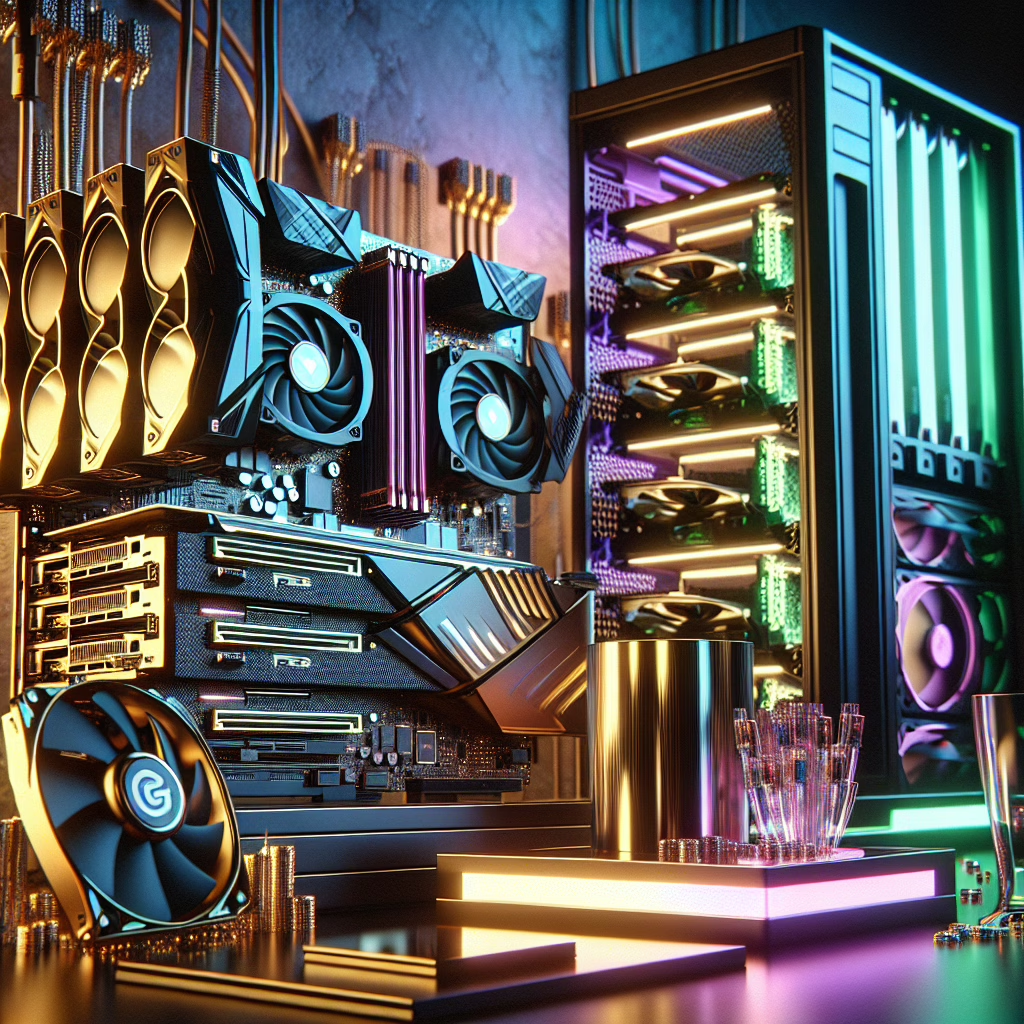In the fast-paced world of PC components, where speed reigns as king and latency stands as the villain that deserves its own comic book, the announcement of PCIe 7.0 has sent ripples of excitement across tech enthusiasts and hardware aficionados alike. Yes, you heard it right! The newest version of the Peripheral Component Interconnect Express (PCIe) interface is here, promising to whisk data around your computer faster than a caffeine-fueled squirrel on roller skates.
What’s New with PCIe 7.0?
So, what exactly does PCIe 7.0 bring to the table? For starters, it boasts an eye-watering bandwidth of up to 128 GT/s (giga-transfers per second). That’s double what PCIe 6.0 offered! Imagine downloading entire seasons of your favorite show in the blink of an eye—well, maybe not that fast, but you get the idea. With this new standard, we’re talking about a theoretical maximum bandwidth of 64 GB/s per lane. If this were a race, PCIe 7.0 would be lapping its competitors like they were stuck in traffic.
The Real-World Impact on PC Components
Now before you start throwing confetti and planning your next build, let’s dial it back a notch. While these numbers are impressive, the actual impact on everyday usage might not be as groundbreaking—as of yet! Many current PC components, including graphics cards and SSDs, still don’t fully utilize the capabilities of PCIe 4.0 or even 5.0, let alone PCIe 6.0. It’s like having a Ferrari parked in your garage while you’re still figuring out how to ride a bicycle without training wheels.
Future-Proofing Your Setup
As manufacturers gear up to adopt PCIe 7.0, it will undoubtedly pave the way for more advanced technologies and applications that can capitalize on those lightning-fast speeds. Picture gaming experiences that could redefine “real-time” rendering or data centers processing petabytes of information at breakneck speeds. The future is looking bright!
However, if you’re planning to upgrade your PC components anytime soon solely for PCIe 7.0 compatibility, you might want to hold off on that shopping spree. Investing in top-notch PCIe 6.0 gear can still yield fantastic performance without leaving your wallet feeling lighter than air.
The Compatibility Conundrum
Let’s not forget the compatibility aspect! As with any new technology, there’s always a chance of running into issues when trying to mix old and new hardware. PCIe versions are designed to be backward compatible, but it’s wise to check if your motherboard supports this shiny new standard before getting too giddy about those upgrades.
A Glimpse into the Future of PC Components
We know that tech enthusiasts love their benchmarks—who doesn’t enjoy showing off their latest scores? But with PCIe 7.0 on the horizon, we may need to rethink what “high performance” actually means in the coming years. More bandwidth means more opportunities for developers to push boundaries in gaming graphics, AI computations, and beyond.
- **Gaming Enhancements**: Expect smoother gameplay with higher frame rates.
- **File Transfers**: Significantly reduce wait times for large file movements.
- **Data Centers**: Enhanced capabilities for data processing and storage efficiency.
As we eagerly await real-world applications and products utilizing PCIe 7.0 speeds, it’s essential to keep our expectations grounded while our imaginations soar high above those theoretical speeds.
Conclusion: The Wait Might Be Worth It!
In summary, while PCIe 7.0 has arrived like an overzealous relative at a family reunion—full of excitement but perhaps a little premature—it does represent a significant leap forward for PC components. So let’s celebrate its arrival while keeping our feet firmly planted on solid ground (and our wallets closed) until it becomes truly relevant for everyday users.
If you have thoughts about how PCIe 7.0 might change your computing experience or if you’re just excited about future PC components, feel free to share your insights below!
A special thanks to TechRadar for providing the scoop on this exciting announcement!
For more on cutting-edge technology and the latest updates in PC components, check out our articles on PC components and related advancements.

